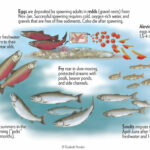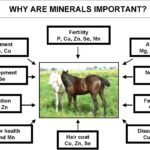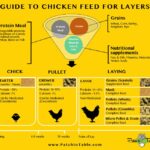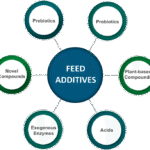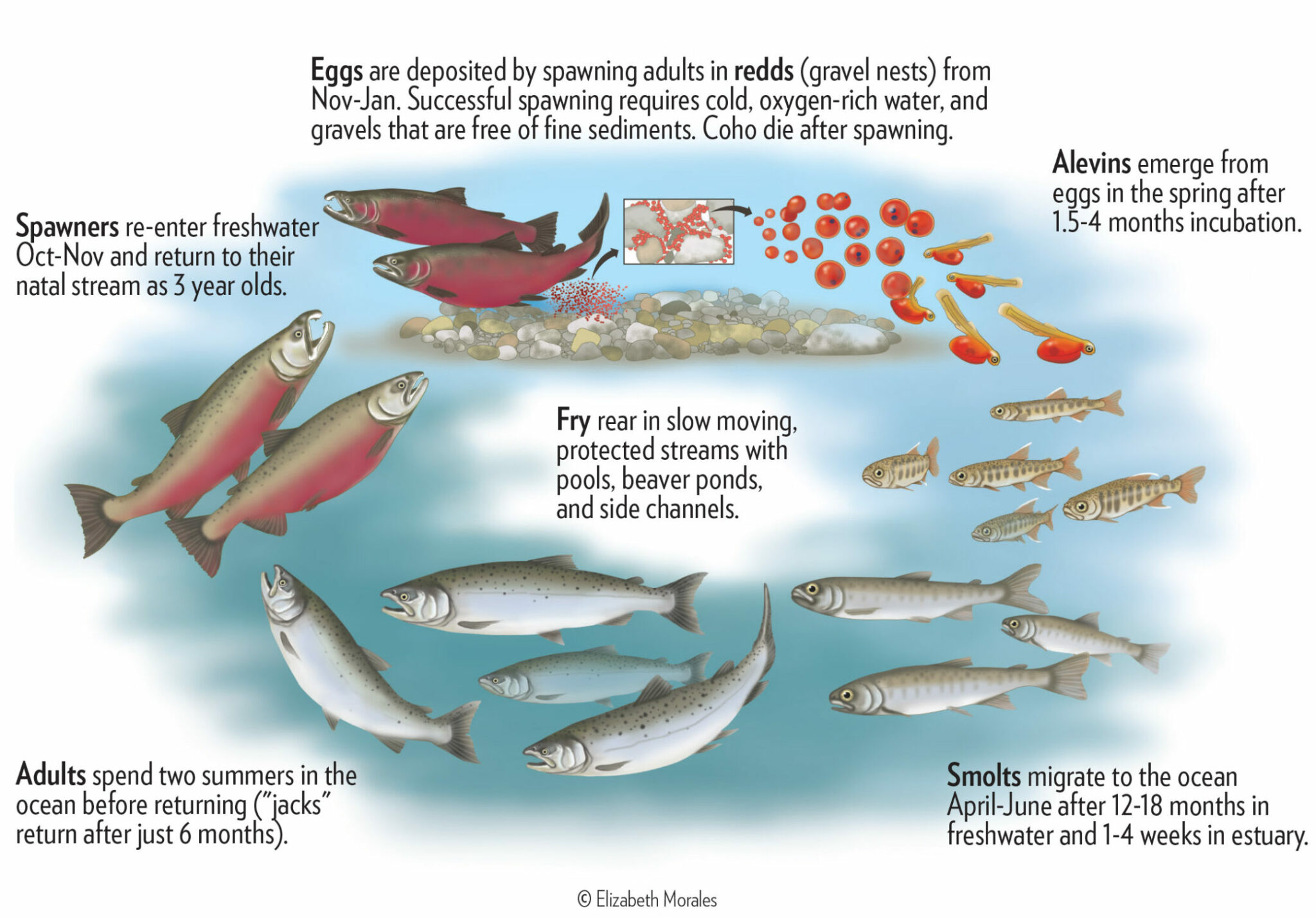
ZOOLOGY
Mariculture, substrate system, sea water ponds
Mariculture refers to the cultivation of marine organisms in their natural habitats, usually for food production, restoration, or research purposes. This practice can involve various systems, including substrate systems and seawater ponds. Here’s a detailed overview of both: Substrate Systems in Mariculture Substrate systems: involve the use of artificial or natural surfaces on which marine…
Use of wastewaters in aquaculture
The use of wastewater in aquaculture has garnered attention as a sustainable practice that can contribute to food security while addressing waste management issues. Here’s an overview of its key aspects: Benefits of Using Wastewater in Aquaculture 1. Nutrient Recycling: Wastewater often contains nutrients such as nitrogen and phosphorus, which can be beneficial for the…
Entomology
Branch of zoology that focuses on study of insects i.e. everything about insects. In the strict sense, entomology is the study of insects, but entomologists often study other arthropods such as spiders, scorpions, mites, millipedes, centipedes Insects Classification of insects (Species): Group of individuals that actually or potentially interbreed in nature. Interesting facts about insects…
Principles in Animal Life-I
Introduction of Zoology Zoology (Gr. Zoo, animals & logos, to study) is the study of animals. It is one of the broadest fields in all of science because of the immense variety of animals and the complexity of the processes occurring within animals. There are, for example, over 20,000 described species of bony fishes and…

